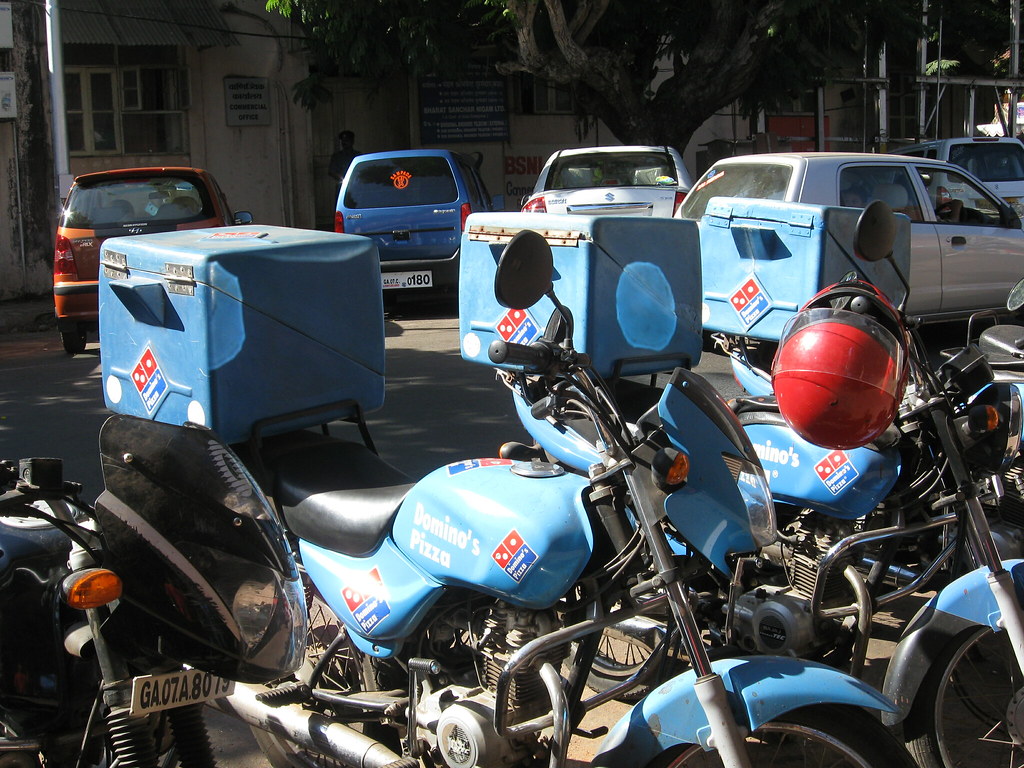
Pizza, a dish as ancient as it is universally adored, has transcended its humble Neapolitan origins to become a culinary cornerstone across continents. What began as a simple flatbread, perhaps with rudimentary toppings, has evolved into a global phenomenon, captivating palates from Rome to Rio, and from New York to Buenos Aires. But behind every perfectly baked, consistently delicious slice lies a fascinating journey of innovation, deep-seated traditions, and surprisingly intricate technological advancements that ensure its enduring appeal.
Indeed, the narrative of pizza is not just one of cultural diffusion, but also one of continuous refinement. This seemingly straightforward combination of dough, sauce, and cheese belies a profound commitment to consistency, especially as the dish scales from artisanal pizzerias to the sprawling, automated operations that feed millions daily. It’s a testament to human ingenuity, constantly seeking to perfect a beloved classic while making it accessible to an ever-growing appetite.
To truly appreciate the modern pizza experience, one must first look back to its deep roots. The term “pizza” itself was first recorded in 997 AD, appearing in a Latin manuscript from the southern Italian town of Gaeta. This early mention, detailing an annual payment of “duodecim pizze” (literally ‘twelve pizzas’) to a bishop, paints a picture of a food item already established in daily life, long before the iconic tomato made its debut following the Columbian Exchange.
Records of pizza-like foods stretch back even further, with Persian soldiers in the 6th century BC baking flatbreads topped with cheese and dates on their battle shields. The ancient Greeks, too, augmented their bread with oils, herbs, and cheese, demonstrating a timeless human inclination towards topped flatbreads. Even in Virgil’s Aeneid, a pizza-like meal is prophesied as a marker of the Trojans finding peace, emphasizing its fundamental role in sustenance and community.
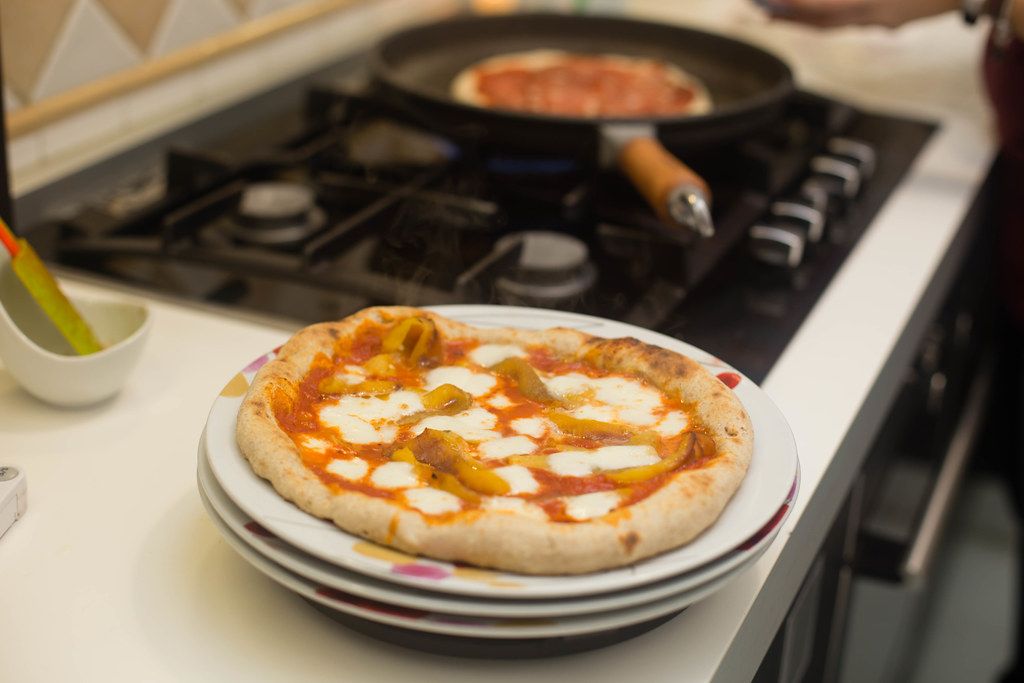
Modern pizza, as we largely know it today, truly began to take shape in Naples, Italy, during the 18th or early 19th century. Initially sold from open-air stands and bakeries, it wasn’t until around 1830 that pizzerias in Naples began to offer “stanze” with tables, inviting customers to sit and savor their pizzas on the spot. This marked a significant shift towards pizza becoming a restaurant experience rather than solely street food.
Legend, though later questioned, attributes the archetypal pizza Margherita to a Neapolitan pizzaiolo, Raffaele Esposito, in 1889. Tasked with creating a pizza for visiting Queen Margherita, he supposedly crafted a pie mirroring the Italian flag’s colors—red (tomato), white (mozzarella), and green (basil). This narrative, whether entirely true or a romanticized embellishment, underscores the deep cultural connection and pride associated with the dish, culminating in Neapolitan pizza’s registration as a traditional speciality guaranteed (TSG) dish with the European Union in 2009, and the art of its making included on UNESCO’s list of intangible cultural heritage in 2017.
As pizza traveled with Italian immigrants to the United States in the late 19th century, opening the country’s first pizzeria, Lombardi’s, in New York City in 1905, it began a parallel evolution. The American version, influenced by local ingredients and tastes, would eventually be exported globally, fostering an immense diversity of styles, from the thin, foldable New York–style to the hearty, deep-dish Chicago-style. This global expansion brought with it an escalating demand, inevitably leading to questions of large-scale production and, crucially, consistency.
Ensuring consistent quality and characteristics across millions of pizzas is where modern innovation truly shines. Consider the very foundation of pizza: the dough. It’s not just flour and water; methods have been meticulously developed to “overcome challenges such as preventing the sauce from combining with the dough, and producing a crust that can be frozen and reheated without becoming rigid.” This involves precise formulations, controlled fermentation, and often the inclusion of ingredients like sugar, which aids yeast activity and enhances crust browning.
Product on Amazon: Urban Slicer Pizza Worx – Neapolitan Style Pizza Dough – At-Home Pizza Making Kit for Classic Artisan Crust – 13.4 oz. Bags – 2 Pack – Makes 4 Pizzas
Brand: Visit the Urban Slicer Store
Price: 18.99 USD
Rating: 4.2 Total reviews: 493
Flavor: Neapolitan Style
Number of Items: 2
Unit Count: 26.8 Ounce
Item Weight: 13.4 Ounces
Features:
1. UNRIVALED FLAVOR: Urban Slicer’s Neapolitan Pizza Dough features a finely tuned blend of flours and yeast to create beautifully light crusts with that traditional pillowy edge
2. QUALITY WITH EASE: Our Neapolitan Pizza Dough Mix lets you create great wood-fired pizza at home—whether using pizza ovens, baking steel, or stone—delivering doughs that rival any pizzeria
3. MAKES FOUR CRUSTS: Each Urban Slicer Pizza Dough mix makes two 14″ pizzeria-quality crusts. Easy to use at home and a fun dinner activity with the family—enjoy premium homemade pizza anytime
4. PIZZA YOUR WAY: From classic Margherita to spicy pepperoni and sweet dessert pizzas, Urban Slicer Neapolitan Dough Mix makes artisan-quality crusts easy and delicious at home
5. JUST ADD WATER: Urban Slicer Pizza Dough makes premium, homemade, pizzeria-quality pizza simple. Just add water, mix, let rise, and bake two delicious, fresh pizzas at home
Top Review from US: “I wasn’t sure what to expect from a pizza dough mix, but this one completely blew me away! It’s so easy to use, and the results are just as good—if not better—than homemade dough from scratch. If you love making pizza at home but don’t want the hassle of measuring and mixing multiple ingredients, this is an absolute must-have.Easy to Use & FoolproofOne of the best things about this mix is how simple it is to prepare. Just add water, mix, and let it rise—it couldn’t be easier! The dough comes together perfectly every time, with no guesswork or complicated steps. Even if you’re a beginner, you’ll get amazing results.Perfect Texture & FlavorOnce baked, the dough turns out beautifully. It has the ideal balance of crispiness on the outside and a soft, chewy inside. The flavor is delicious, with just the right hint of yeast and that classic homemade taste. Whether you like thin-crust, thick-crust, or something in between, this dough can be stretched and shaped however you like.Versatile &… …”
Shopping on Amazon >>
Read more about: Panera Bread Pioneers Personalization: How AI and Digital Innovation Are Reshaping the Fast-Casual Experience
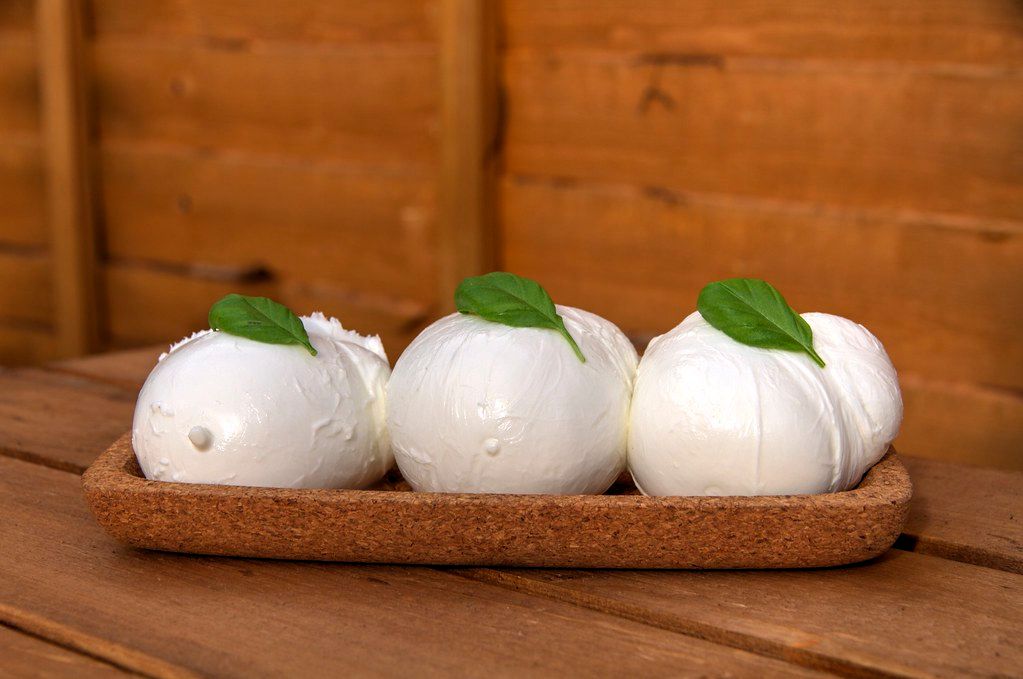
Beyond the dough, the selection and preparation of cheese represent another sophisticated area of food science. While traditional mozzarella, especially the buffalo mozzarella from Campania and Lazio, remains paramount for authentic Neapolitan pizza, the demands of mass production have spurred the development of specialized cheeses and “cheese analogues.” These are engineered to deliver “desirable qualities such as browning, melting, stretchiness, consistent fat and moisture content, and stable shelf life.”
This quest for the “ideal and economical pizza cheese” has been the subject of “many studies and experiments,” meticulously analyzing the impact of everything from vegetable oil content to manufacturing and culture processes, and even the role of denatured whey proteins. The sheer scale is staggering: in 1997, annual production of pizza cheese was estimated at 1 million metric tons in the US and 100,000 metric tons in Europe, highlighting the industrial necessity of such scientific rigor to meet global demand reliably.
The baking process itself has seen significant technological adaptation to ensure consistency on a grand scale. While artisanal pizzerias might still rely on traditional wood or coal-fired brick ovens, mass-producing chains leverage electric deck ovens and, notably, conveyor belt ovens. The principle remains the same—sliding the pizza into the oven on a long paddle called a “peel,” often sprinkled with cornmeal to prevent sticking—but the implementation is designed for speed, uniformity, and efficiency.
Crucially, the context notes that “Mass production of pizza by chains can be completely automated.” This single sentence speaks volumes about the advanced technological infrastructure underpinning the global pizza market. While the specifics of such automation are not detailed, it implies highly sophisticated systems for every stage: from precise dough sheeting and portioning to the exact application of sauce and toppings, and finally, the controlled baking process. Automation minimizes human error, ensuring that each pizza, regardless of where or when it’s made, adheres to a consistent standard of quality, taste, and appearance. This is vital for maintaining brand integrity and consumer trust in a highly competitive market.
Read more about: You Won’t Believe It’s Vegan! 14 Mind-Blowing Recipes That Will Impress Even the Die-Hard Meat-Eaters – Would YOU Try These?!
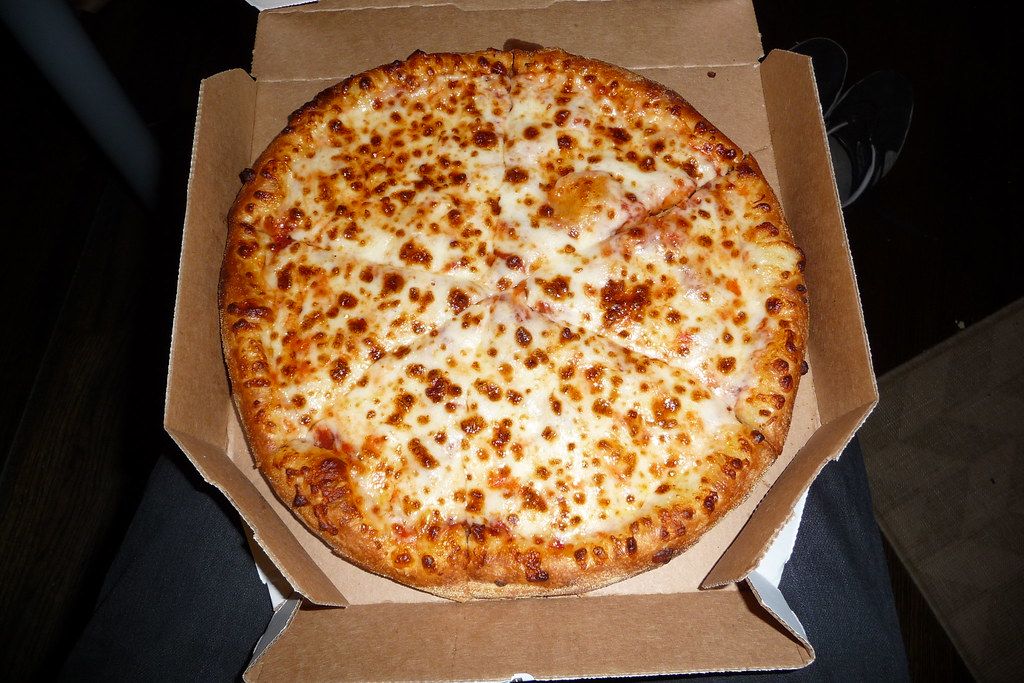
The global pizza market, valued at US$128 billion in 2017, with the US alone accounting for $44 billion spread over 76,000 pizzerias, underscores the colossal scale of this industry. Such volume demands not only efficiency but also an unwavering commitment to product consistency. It’s no small feat that 13% of the US population aged two years and over consumed pizza on any given day, a testament to its pervasive presence and dependable quality.
The convenience offered by major pizza chains like Domino’s Pizza, Pizza Hut, and Papa John’s, alongside take and bake pizzerias and supermarket frozen options, has made pizza omnipresent. This widespread availability hinges directly on sophisticated logistical and production technologies that manage ingredient supply, manufacturing processes, and distribution networks. Each frozen pizza with a self-rising crust, or a take-and-bake kit, is the culmination of extensive research into food chemistry and packaging to ensure it performs perfectly when it reaches a home oven.
The drive for consistency also manifests in the development of countless regional styles. From the thick, spongy base of Argentina’s pizza de molde, born out of immigrant innovation motivated by an abundance of food, to the cracker-thin, yeast-free crust of St. Louis-style pizza, each regional variation maintains its distinct character through precise adherence to specific preparation methods and ingredient combinations. The subtle nuances, like the caramelization of cheese to the edges in Detroit-style pizza, are often a result of specific pan types and baking temperatures, highlighting an almost scientific approach to regional identity.
Even in the face of such diversity, the underlying principles of modern pizza production are a blend of art and science. The ability to mass-produce diverse varieties—whether it’s pizza marinara with its simple tomato, olive oil, oregano, and garlic, or a complex pizza capricciosa featuring ham, mushrooms, artichokes, and egg—requires intricate control over raw materials and process parameters. It’s about leveraging technology to replicate the artisanal touch on an industrial scale, ensuring that the essence of each style is preserved, and its quality is dependable.
Product on Amazon: Sargento Natural Mozzarella Shredded Cheese, Traditional Cut, 8 oz
Brand: Visit the Sargento Store
Price: 2.99 USD
Rating: 4.8 Total reviews: 4773
Number of Items: 1
Unit Count: 1 Count
Variety: Mozzarella
Item Form: Shred
Features:
1. Sargento Mozzarella Shredded Natural Cheese, Traditional Cut brings mild, delicious and creamy flavor to chicken parmesan, meatball subs and pizzas
2. Always shredded fresh from blocks of 100% real, natural cheese
3. This 8-oz package of Sargento Shredded Mozzarella, Traditional Cut contains 2 cups of shredded cheese, great for all your Italian-inspired dishes
4. Easy-close FreshLock packaging helps keep cheese fresh longer, but use within five days upon opening for maximum freshness
5. Love our Shredded Cheese? Try Sargento Natural Cheese Blocks, Slices, Sargento String Cheese, Snack Sticks and Balanced Breaks snack kits
Top Review from US: “I love how it melts quickly after placing it a top the lasagna. I’ve purchased no brand name cheese, and it was horrible. Makes lasagna or salads taste amazing with some cheese”
Shopping on Amazon >>
Read more about: You Won’t Believe It’s Vegan! 14 Mind-Blowing Recipes That Will Impress Even the Die-Hard Meat-Eaters – Would YOU Try These?!
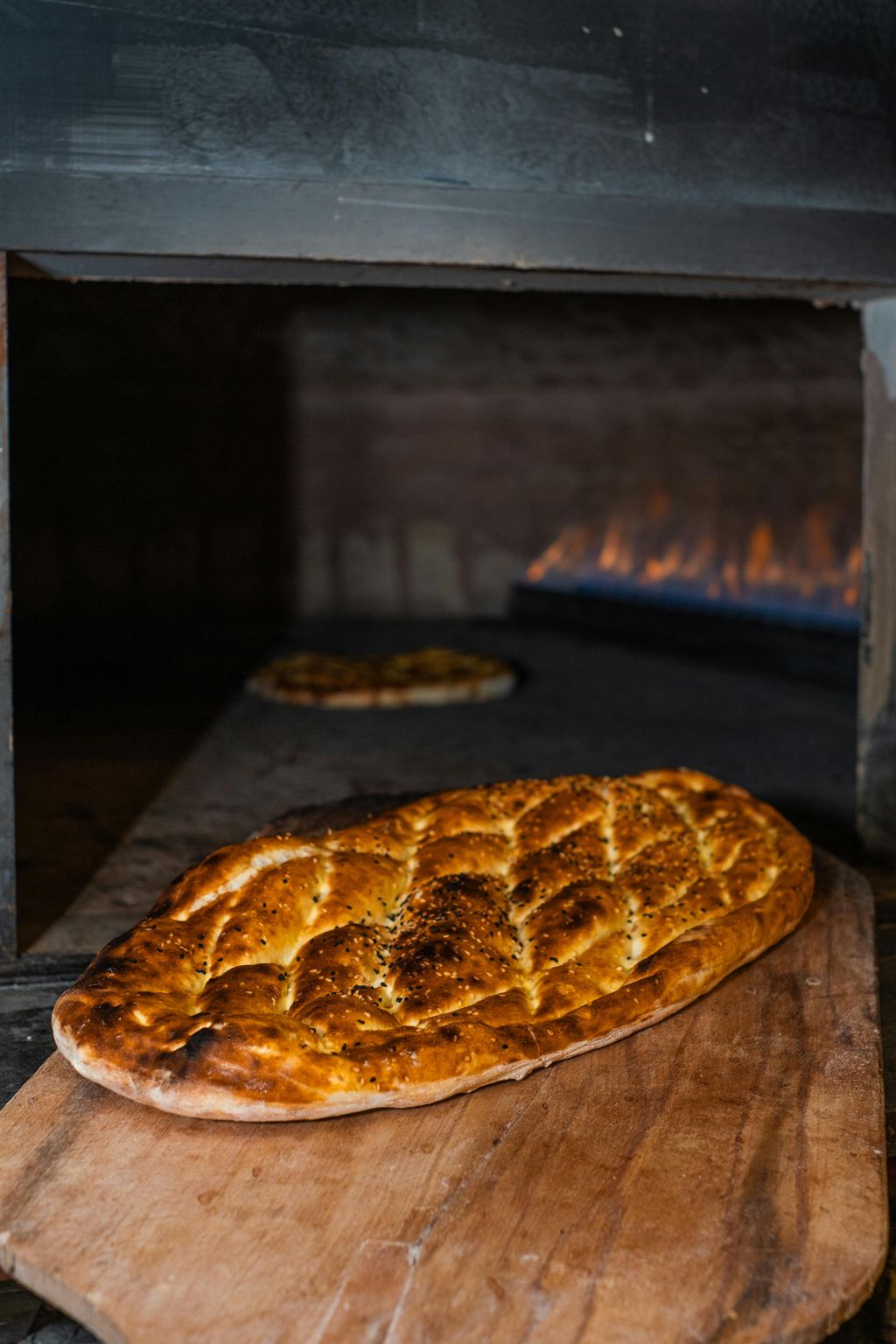
From the ancient battle shields of Persian soldiers to the bustling pizzerias of Naples, and finally to the automated production lines that churn out millions of pies globally, pizza’s journey is a compelling saga of human innovation. The quest for the perfectly crisp crust, the ideal melt of cheese, and the consistent distribution of savory toppings has driven significant advancements in food science and industrial automation. It’s a testament that even the most traditional dishes can benefit immensely from a forward-thinking, analytical approach.
Product on Amazon: 26×16 Inch Extra Thick Silicone Baking Mat with Measurements, Non-slip and Reusable – For Cookies, Bread, Pastry
Brand: Visit the DANIA & DEAN Store
Price: 9.99 USD
Rating: 4.8 Total reviews: 6364
Material: Silicone
Size: 26″L x 16″W
Color: Red
Item Weight: 0.5 Pounds
Top Review from US: “This purchase was actually my second Dania and Dean baking mat. My daughter saw mine and wanted a smaller version. I was able to tell her how convenient, clear and easy to read the markings are. How easy it is to clean. How stable it is-which she was able to see herself. The size fits her counters while mine fits my island. Dough rolls easily.”
Shopping on Amazon >>
Read more about: Inside PepsiCo’s Strategic Reinvention: From Diversification to Sustainable Tech and Market Dominance

The future of pizza, while rooted in its rich heritage, will undoubtedly continue to be shaped by technological breakthroughs. As consumer preferences evolve and demand for both convenience and quality intensifies, the intricate dance between culinary art and scientific precision will only grow more sophisticated. So, the next time you savor a slice, take a moment to appreciate not just the delicious flavors, but the unseen innovations and relentless pursuit of consistency that brought that perfectly topped pie to your plate.



